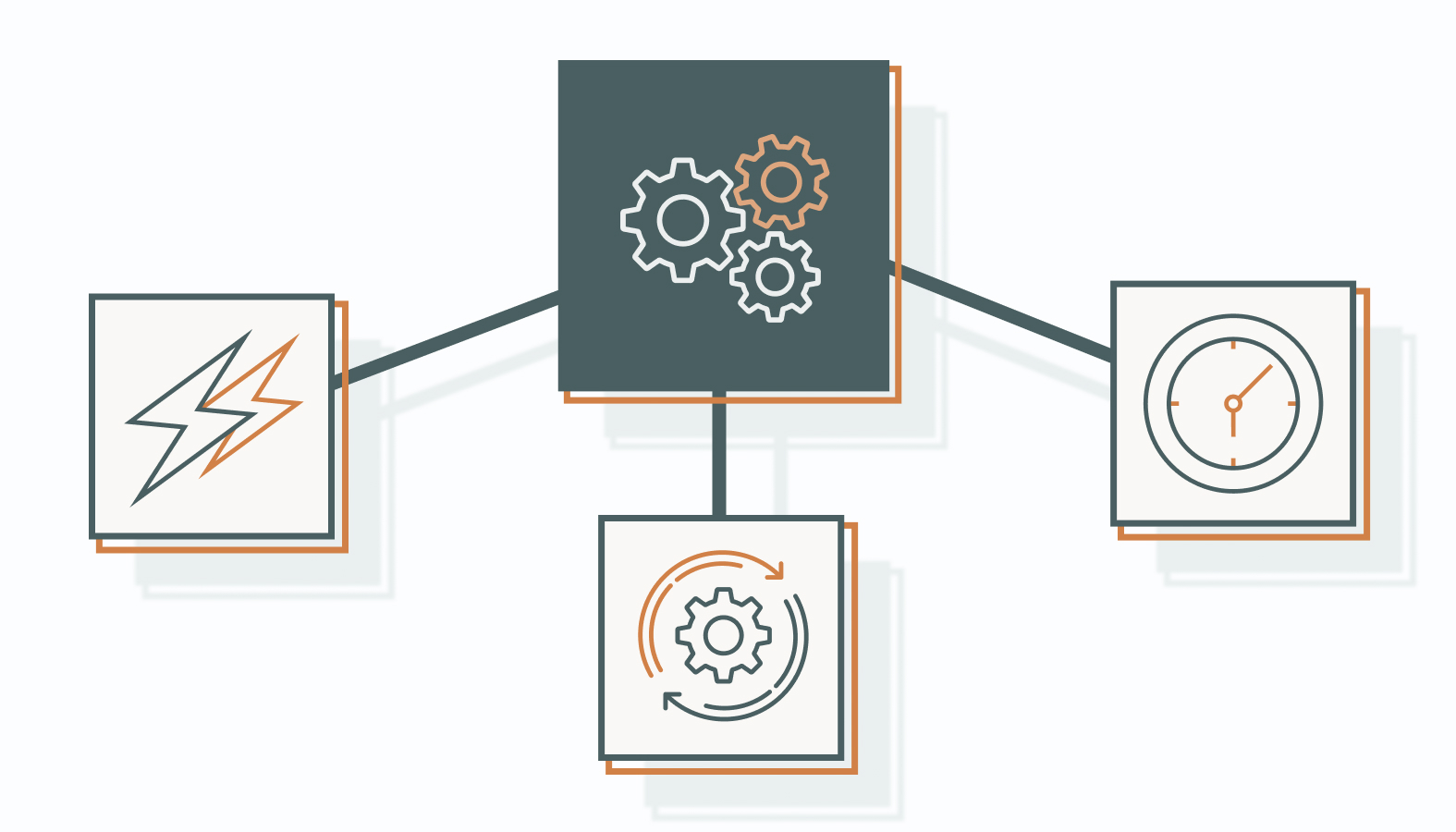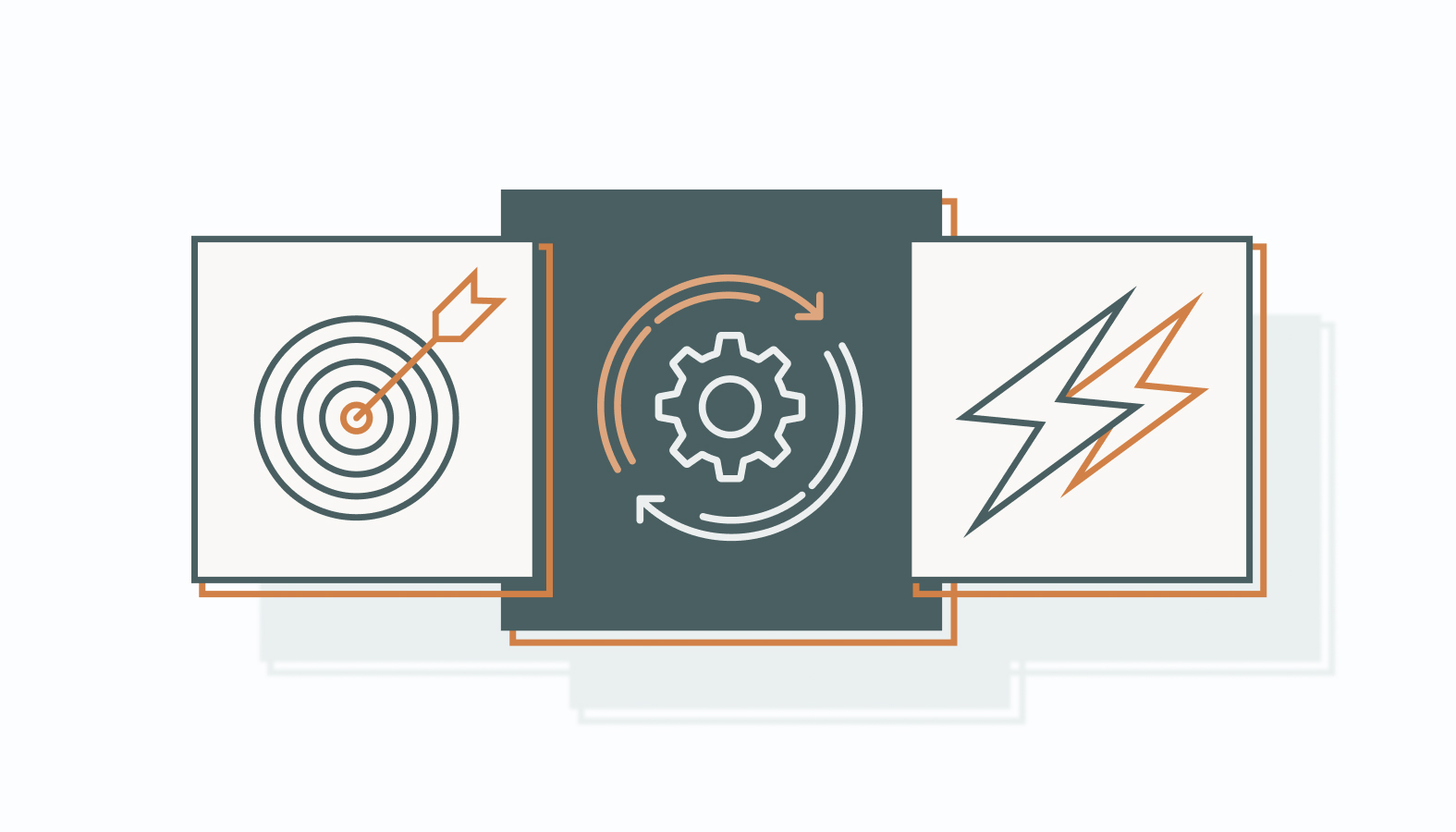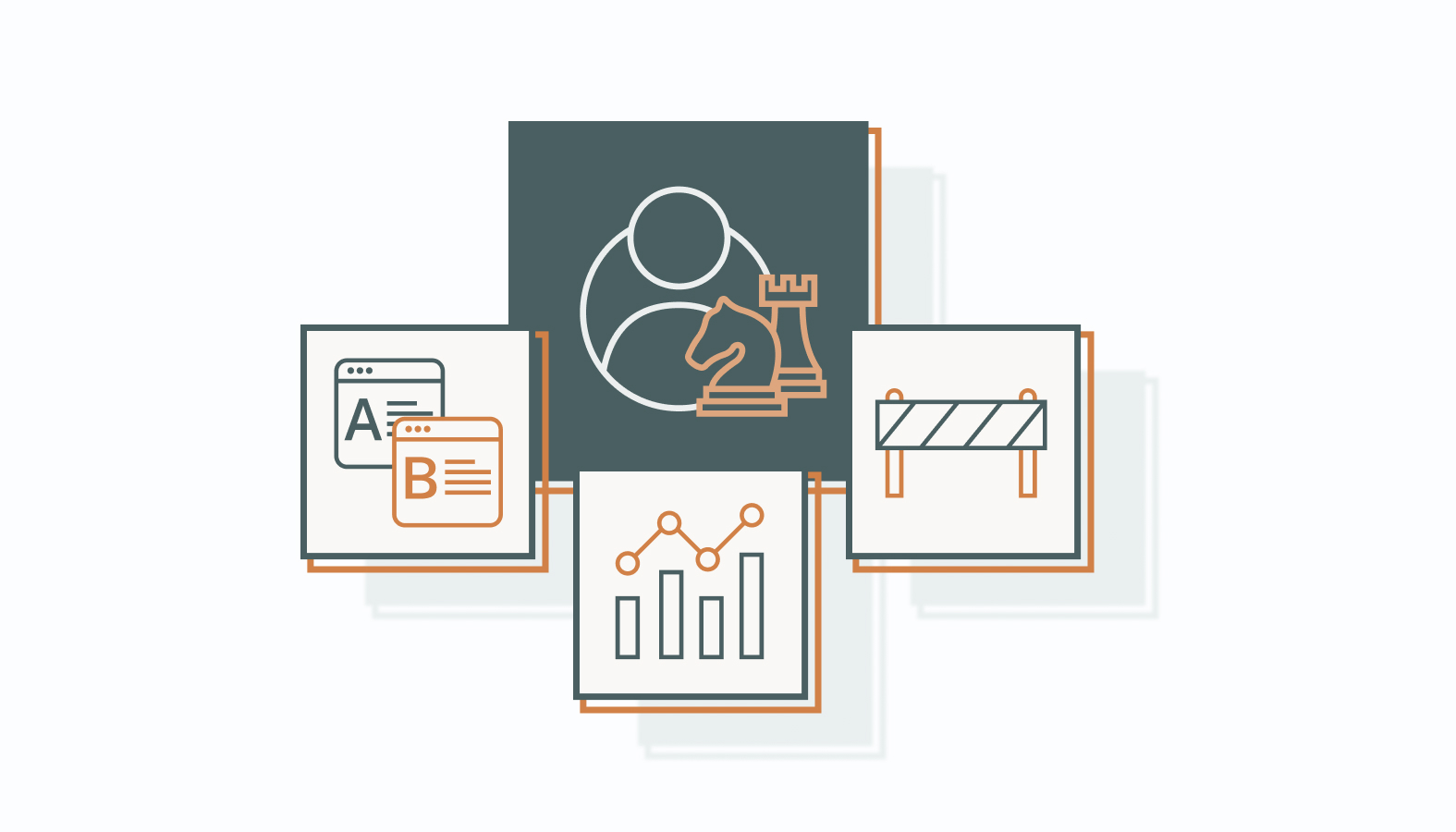Marketers today face a balancing act: stay personal, stay consistent, and stay fast. Manual campaigns can only stretch so far before deadlines slip and opportunities disappear. That’s why more teams are turning to campaign automation — a way to keep pace with modern expectations while actually improving accuracy and reach.
The challenge? Marketing automation can feel overwhelming at first. Too many platforms, too many settings, and too many ways for things to go off track. The good news is that once you understand the core principles, you can set up automated campaigns that practically run themselves and deliver measurable impact.
This guide will show you exactly how to make campaign automation work for your strategy.
Mastering Campaign Automation
Campaign automation isn’t just about speed. It’s about building systems that handle repeatable steps reliably across channels.
The core is simple: triggers spark activity, actions deliver the response, and timing keeps everything aligned. Together, they create automation workflows that scale without constant oversight.
When set up well, automation brings structure to targeting, timing, and personalization. It reduces the risk of errors while ensuring campaigns run smoothly across email, social, and paid.
Think of it as a framework that supports strategy while leaving room for the human judgment that keeps campaigns authentic and effective.
Benefits of Campaign Automation
When marketing runs on automation, the gains are hard to miss:
- Faster workflows: Teams spend less time on repetitive tasks.
- Consistent execution: Campaigns stay on track, and errors are eliminated.
- Strategic focus: Marketers can devote more time to planning and creative work.
Personalization is another major advantage. With the right setup, automation can:
- Use customer behavior and data to tailor messages.
- Send timely, relevant communication that feels personal.
- Strengthen trust and engagement by matching real customer interests.
The numbers back it up: companies that integrate automation into email and CRM often see higher conversion rates, better retention, and smarter use of resources.
Key Components of Campaign Automation
Every automated marketing workflow is built on three pieces: triggers, actions, and timers. Together, they decide when something happens, what happens, and how fast it rolls out.
1) Triggers
Triggers are the spark. They’re the events that trigger system action, such as a newsletter signup sending a welcome email series. The more precise the trigger, the more relevant the follow-up feels.
- B2C Example: A customer abandons their shopping cart on an e-commerce site. That action triggers a reminder email with the items left behind.
- B2B Example: A prospect downloads a whitepaper. That action triggers a follow-up email from sales with a related case study.
Actions
Actions are what the system does once triggered: sending a message, updating a record, or adjusting a lead score. Well-defined actions keep campaigns responsive and customers engaged.
- B2C Example: A birthday email gets sent with a personalized discount code.
- B2B Example: A lead who attends a webinar is automatically moved into a “qualified” list and flagged for a sales rep.
Timers
Timers control pacing: whether a message goes out immediately, an hour later, or next week. Smart timing aligns delivery with customer habits, not random blasts.
- B2C Example: A travel company waits 24 hours after a flight search before sending an email with tailored hotel deals.
- B2B Example: A software company schedules a sequence so that product demo invitations go out three days after a prospect’s initial sign-up, not immediately.
Launching Your First Campaign Automation
Your first automated campaign doesn’t need complexity. It needs clarity. Create a simple system that aligns with your goals and evolves with your growth.
1) Start with Clear Marketing Objectives
Automation is only as smart as the goals behind it.
Decide what success looks like: whether that’s more qualified leads, higher retention, or sharper customer engagement. Then translate those ambitions into SMART objectives: Specific, Measurable, Achievable, Relevant, and Time-bound. If you can’t measure it, you can’t optimize it.
The smartest teams tie automation goals directly to business outcomes. Expanding into a new market? Your workflows should be geared toward reaching and converting that audience, not just blasting the same generic message to everyone.
2) Craft Effective Automation Triggers and Workflows
A good automation system runs on logic, not guesswork.
Start lean with a few essential flows, test them hard, and refine. Run A/B tests to identify the best-performing sequences and drop those that don’t work.
Automation should evolve with your market, not freeze at version one.
Elevating Your Strategy with Advanced Techniques
Basic automation gets campaigns moving. Advanced techniques keep them climbing. The real edge comes from testing, analyzing, and adapting faster than competitors. That’s how automation shifts from a time-saver to a growth driver.
Conducting A/B Testing
A/B testing is where automation earns its stripes. Instead of guessing what works, you put real options in front of your audience and let the data decide. Done right, it can reshape everything from open rates to revenue impact.
- Test one variable at a time — subject lines, visuals, CTAs.
- Use a large enough sample to get reliable answers.
- Analyze the “why.” The winning version isn’t just better; it reveals audience psychology.
The payoff: smarter decisions, sharper messaging, and campaigns that improve with every iteration.
Leveraging Customer Insights
Raw data is noise. Customer insights turn it into a strategy. Automation connected to CRM, analytics, and social listening tools gives you a living view of your audience.
Use insights to:
- Segment audiences with precision.
- Predict what customers need before they ask.
- Create personalized journeys that feel genuinely relevant, not robotic.
Advanced techniques like cohort analysis and predictive modeling uncover trends that fuel a proactive strategy. The more you refine, the more your automation adapts to shifting markets.
Anticipating and Solving Roadblocks
Even the best systems run into friction. The usual suspects?
- Integration headaches. Platforms that don’t play nicely together.
- Team readiness. Tools only work if your people know how to use them.
- Flat messaging. Automation that sounds like automation is a fast track to disengagement.
The fixes are straightforward: choose tools that integrate cleanly, invest in training, and keep messaging customer-first. Automation should scale human connection, not replace it.
When you combine testing, insights, and proactive problem-solving, automation shifts from something you manage to something that actively drives growth.
Campaign Automation Tools and Technologies
Strategy needs execution, and execution requires the right marketing automation software. A good platform doesn’t just reduce manual work — it amplifies speed, personalization, and accuracy. The goal isn’t the longest feature list; it’s the right fit for your workflows and growth.
Not all tools are built for the same purpose. Here’s how three of the most widely used automation platforms stack up:
HubSpot
Best for: Teams seeking a comprehensive, all-in-one solution.
- Combines CRM, inbound marketing, and customer service in a single interface.
- Automation covers email, lead scoring, and segmentation, making personalization easy to scale.
- Integrates cleanly with dozens of third-party apps, creating a cohesive marketing ecosystem.
- Reporting is strong, giving teams visibility into what’s working and what isn’t.
Marketo
Best for: Enterprise teams managing complex B2B cycles.
- Built for advanced lead management: nurturing, scoring, and lifecycle mapping.
- Powerful analytics suite designed to track engagement and tie campaigns back to ROI.
- Flexible and scalable enough to adapt as sales cycles lengthen or new markets open.
- A heavy lift compared to lighter tools, but unmatched when complexity is the norm.
ActiveCampaign
Best for: SMBs and e-commerce brands that require power without the overhead of enterprise solutions.
- Pairs email automation with CRM and machine learning to sharpen personalization.
- Workflow maps give teams a visual way to design and refine automations.
- Affordable, approachable, and designed for smaller teams that still want enterprise-grade capabilities.
- Strong integrations with e-commerce platforms.
The takeaway: the right campaign automation tool bends to your strategy, not the other way around.
Future-Proof Your Marketing Strategy with Campaign Automation
Marketing won’t slow down, and neither should you. Automation gives teams leverage to scale personalization and speed without burning out on manual work. It’s not just efficiency—it’s about freeing your team to think bigger, act faster, and connect in ways that actually matter.
The advantage compounds over time. Automation sharpens targeting, strengthens retention, and generates actionable data.
Most importantly, it keeps your marketing adaptable in a world where expectations shift overnight. The companies winning today aren’t just automating tasks; they’re automating growth.
Let’s Talk About Your Next Move
If automation is on your radar, now’s the time to put structure behind it. Whether you’re starting simple or optimizing an existing system, the biggest wins come from aligning tools with strategy.
That’s where we come in. We help businesses cut through the noise, choose the right workflows, and make automation deliver measurable impact.
Schedule a conversation with us today. No pitch, no fluff — just a clear look at how automation can unlock growth for your business.









